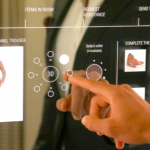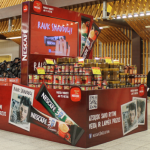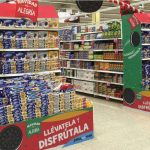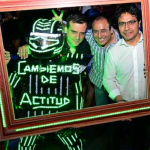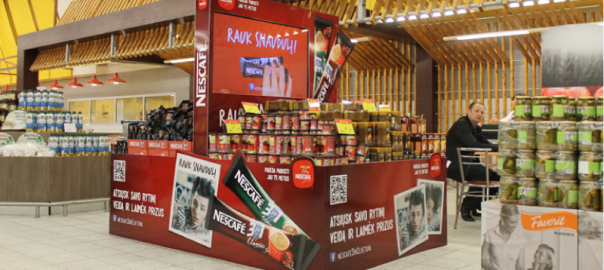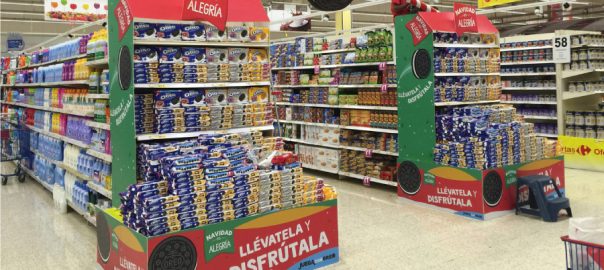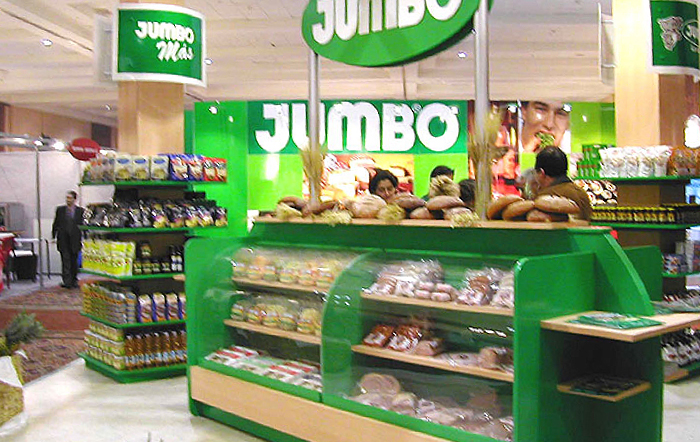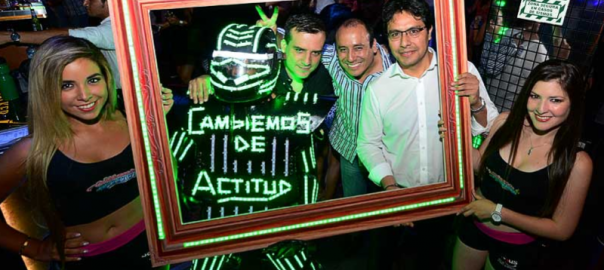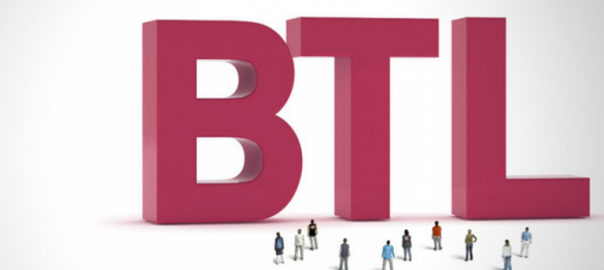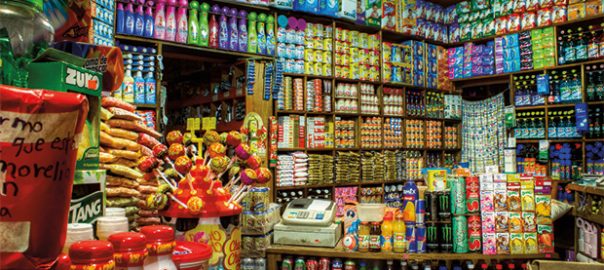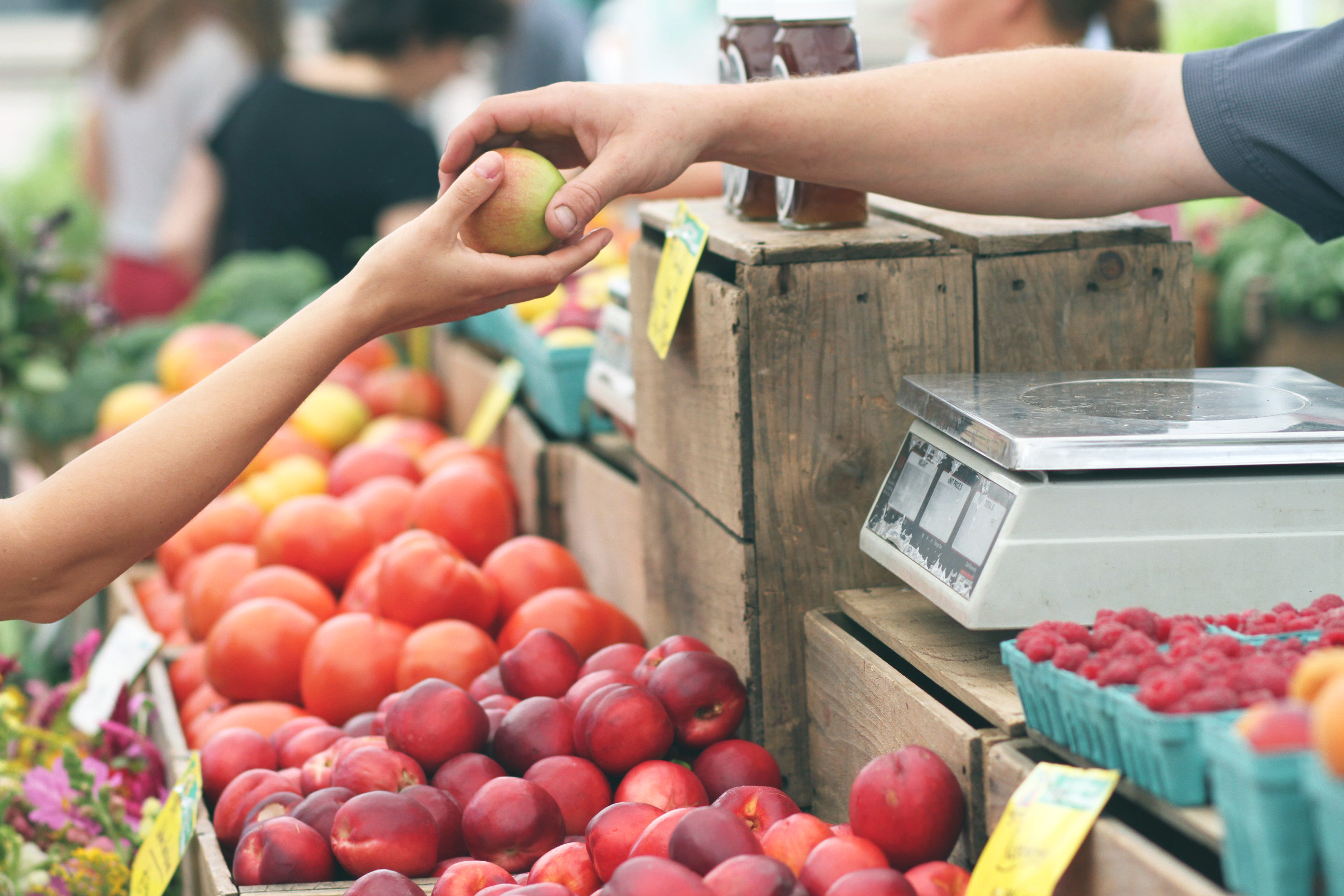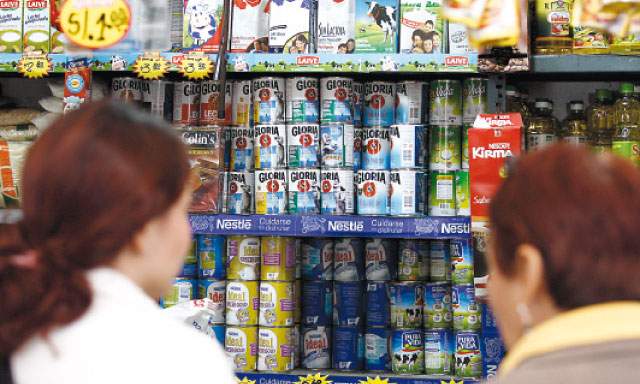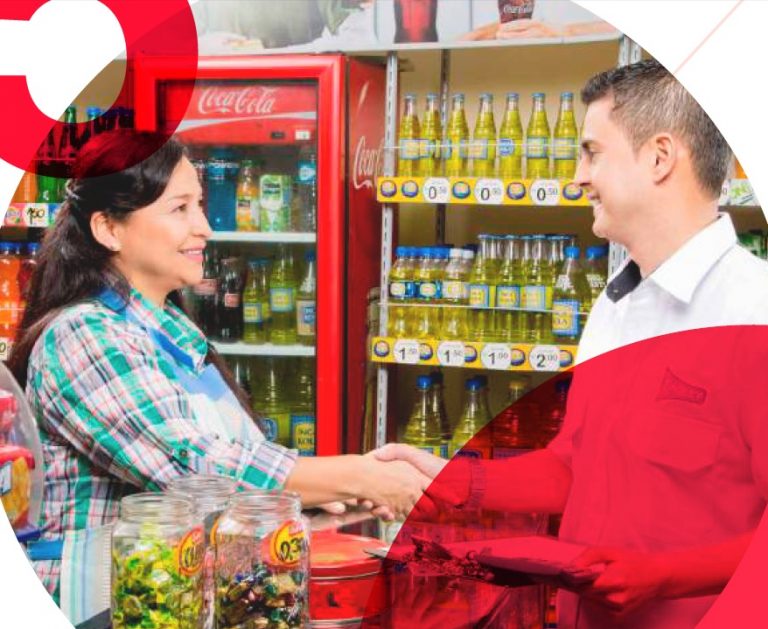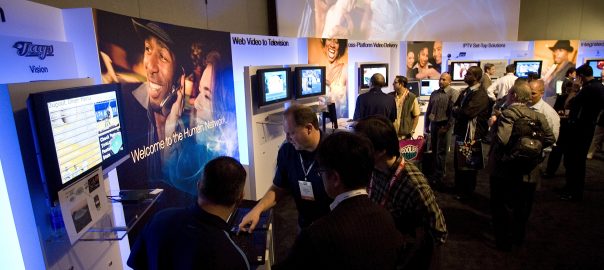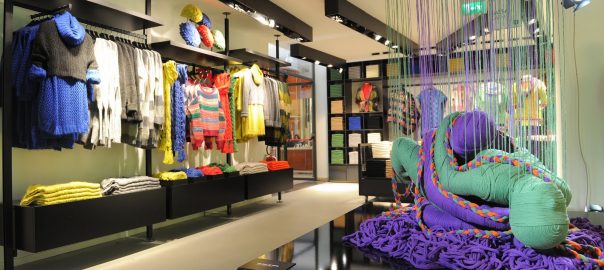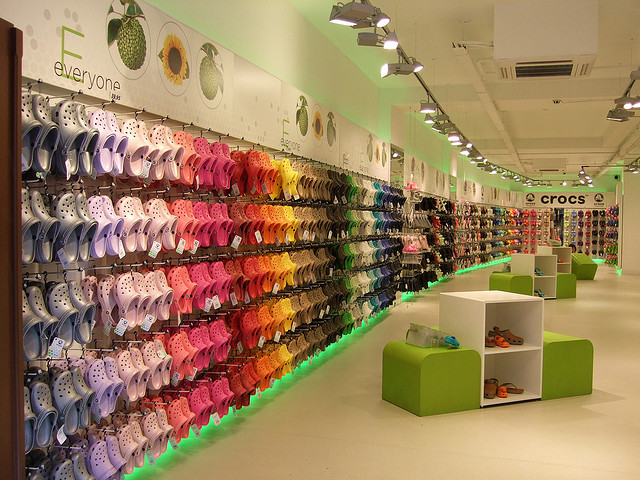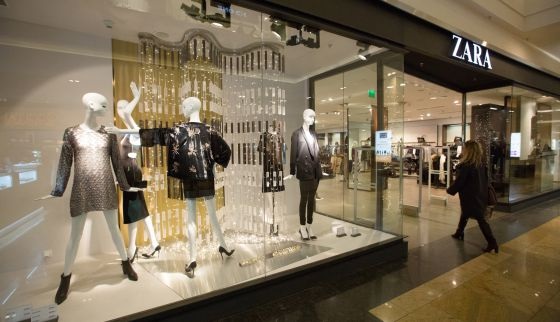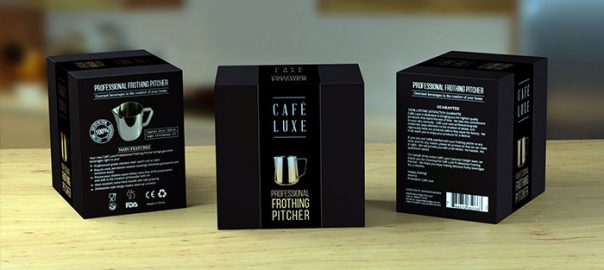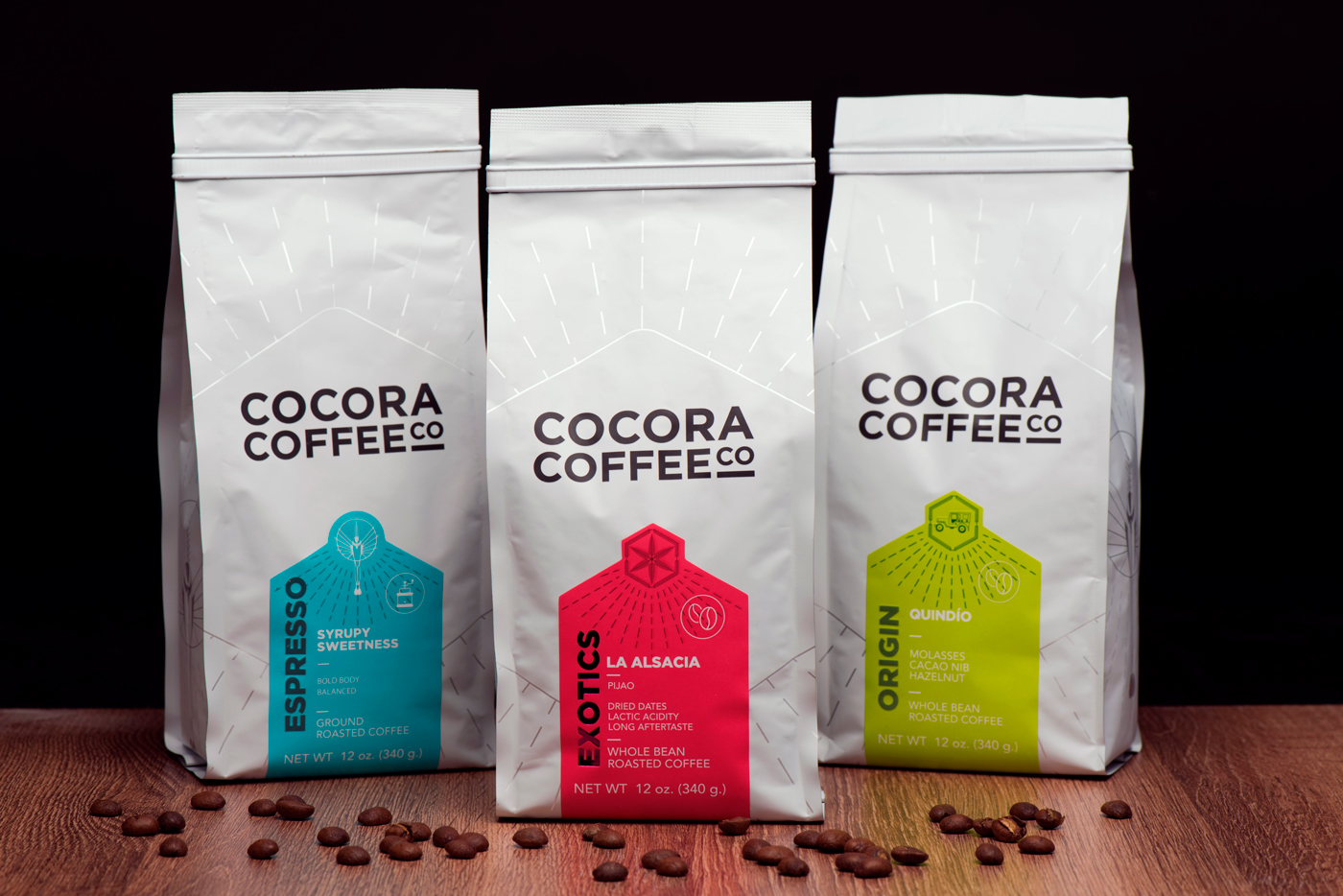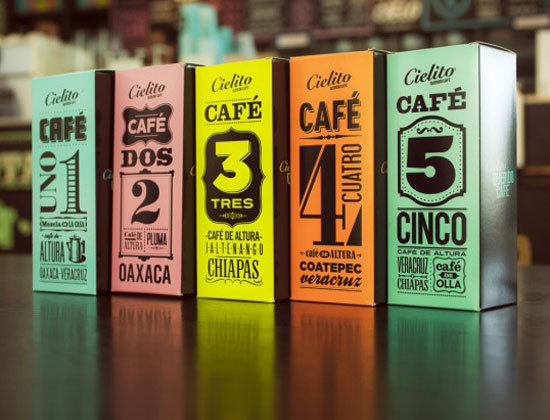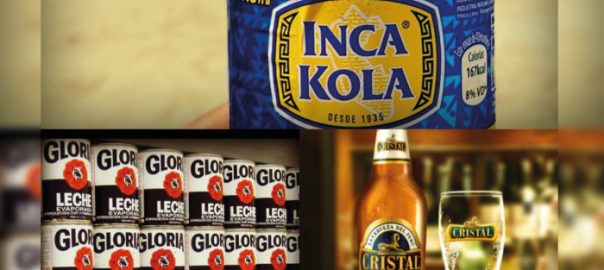The Pura Vida case, the discussion of whether Sublime was chocolate or not, or the presence of parasites in Florida mackerel preserves have been some crises that affected the main mass consumption brands last year. A year in which, without a doubt, the credibility of the companies was questioned.
In this scenario, the Estudio de Marcas 2018, which is developed every year by Arellano consultant for Día1, has gone further and includes – in addition to remembering – the level of credibility and relevance that consumers give to those brands they use most frequently. . Let’s see.
THOSE THAT LEAVE FOOTPRINT
Aligned to the trend marked since 2017, this year’s ‘top of mind’ has reaffirmed the presence of technological and sports brands in the top ten most memorable ones. Along with, of course, the brands of mass consumption, among which Gloria remains the queen, despite the reputational crisis she experienced last year.
While the leadership of the emblematic brand of the Rodriguez Rodriguez is indisputable, this 2018 fell a point against last year and shortens the gap against its competitors in the ranking. It is worth mentioning that in 2017 he already suffered a setback of five points.
Enrique Bernal, manager of Solutions of the consultant Arellano, explains that the loss is due both to the setbacks that the brand had as to a very active competition, which is gaining more space in the day to day of the people, “he says.
For his part, Marcel Verand, an expert in personal branding and teaching at Pacífico Business School, points out that one should take into consideration that today consumer tolerance has dropped considerably, even with ‘lovemarks’.

The leader is followed by Coca-Cola, Samsung and Inca Kola among the most remembered. Stresses the recovery of beverages within the count against the setback of 2017 because of the El Niño coastal phenomenon. Bernal argues that the absence of a similar event and a greater frequency of consumption allowed them to recover their privileged scepter.
The technological brands, on the other hand, also have a prominent presence in the Arellano list. Samsung is in the third position and a little behind are LG and the giant Apple, which continues to climb in the minds of Peruvians.
Bernal indicates that the technology is gaining a predominant space, to be part of the daily life of people. And do not be wrong. Ítalo Zolezzi, marketing manager of Consumer Electronics of Samsung, reaffirms this when he points out that Samsung has the objective of providing more solutions to be in the different moments of people’s lives through technology.
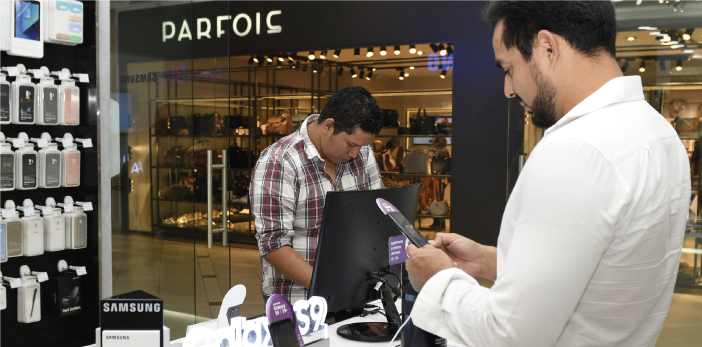
The sports brands, meanwhile, tread strong among the favorites for the second year in a row, despite a slight setback this year. “His presence is related to a more sporty lifestyle and, above all, to a preference for a more casual way of dressing,” says the consultant’s analyst.
CREDIBILITY IN JAQUE
Although Gloria leads the ‘top of mind’ ranking consecutively, when we talk about credibility with its consumers, the brand appears a little more relegated. According to the study, it ranks behind its direct competitors in the dairy, food and beverage categories. The Pura Vida case is not forgotten? Has the consumer become more suspicious of brands?
For Bernal, it is clear that it has impacted not only Gloria but the entire dairy category. In as much, Verand assures that the lack of credibility transcends to the marks. “The context of the country is a bit felt by corruption and widespread distrust, and that also moves to brands. It costs the consumer to forgive mistakes ” judgment.
In the case of dairy products, for example, the main motivation for a purchase today is respect for the law and transparency. A fundamental issue that denotes consumer demand and a greater concern to ingest quality products. Moreover, after the crises of last year and the latent discussion around the law of healthy eating and changes in labeling.
“The experience with Pura Vida has allowed us to learn on several fronts and one of them is that we must go far beyond what the law requires, to exceed the expectations of our consumers. So we have started several projects that will be announced very soon, “says Gloria to Día1.
According to the report, white line, universities, clinics and beverage companies are those that today enjoy the greatest credibility for Peruvians. With brands such as Samsung, PUCP and AJE with a confidence above 80%. The other side of the coin is insurance, department stores and telecommunications companies. Movistar, Ripley and Rímac throw the worst statistics.
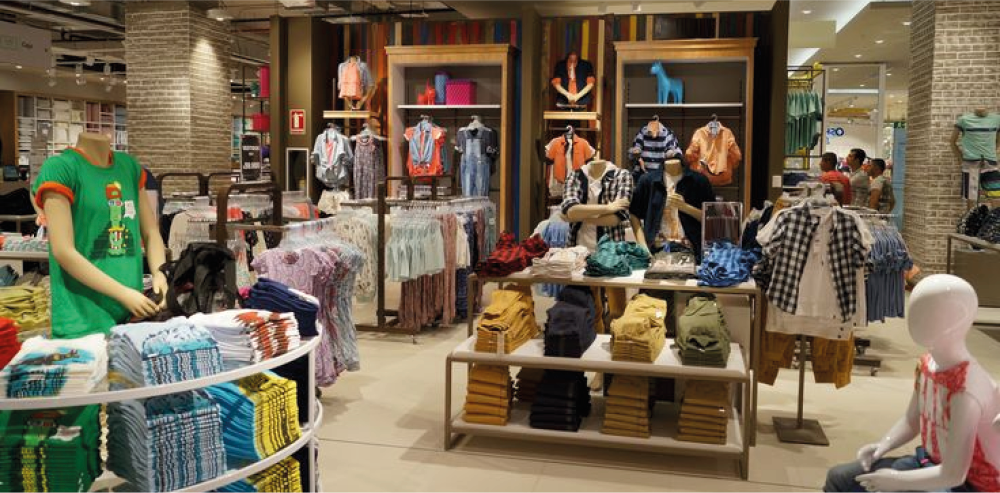
For Verand, Movistar has not managed to establish a strong link with the consumer or to retain it, and now it suffers. Entel, in a short time, conquered that confidence.
As for Ripley, apparently, it would not have been completely cleaned up of the allegations of labor abuses facing the consumer, which is why it barely borders on 33% of credibility, adds the professor. Bernal says that, related to this, consumers begin to value more the contribution of brands to the improvement of society as a real motivation for purchase.
Although respect for the law and contribution to society are not yet among the first motivations of purchase (right now are the quality and fair price) at a general level, the executive ensures that they are factors that appear more and more often as reasons purchase of Peruvians and are escalating in the categories of mass consumption.
What will brands do to reinforce trust and stay fixed in the consumer’s mind?
Source: Claudia Inga – El Comercio


 Español
Español
